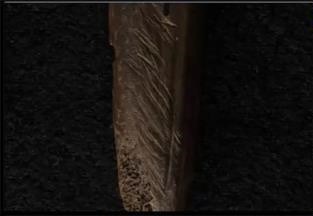
NPS Photo
Reflectance transformation imaging, or RTI, is a way of photographing an object under different angles of light and then manipulating the images using computer software.
Manipulating the light on the surface of an object makes it easier to see marks from manufacturing or from use.
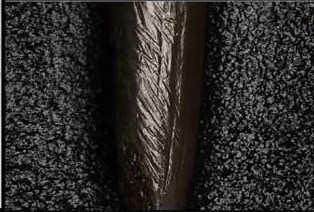
NPS Photo
This image includes a view of the same bone tool using Reflectance Transformation Imaging (RTI). In this view you can see the marks on the bone. RTI has been used on some of the Anhinga Trail bone tools to help archeologists identify how the tools were made and used. RTI is becoming a common method to study artifacts, including metal tablets, marble statues, bone tools, and even historic papers.
Studying the Archeological Site
-
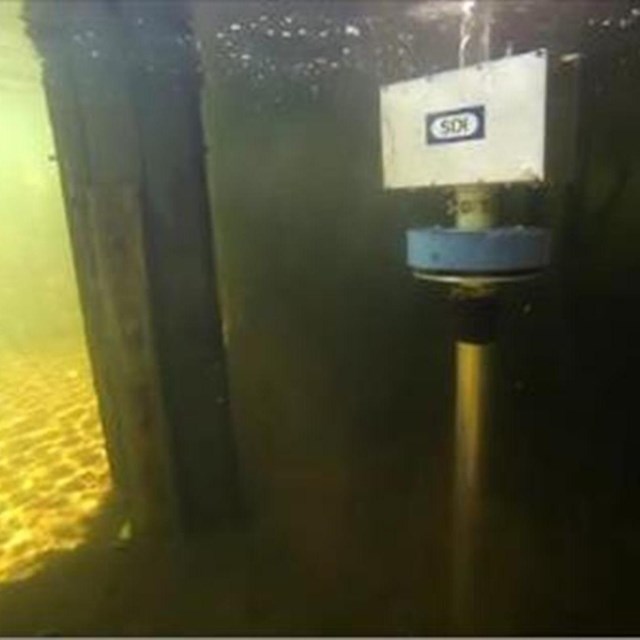 Vibracoring
VibracoringSEAC archeologist, Dr. Margo Schwadron conducted a survey of a large area around the site.
-
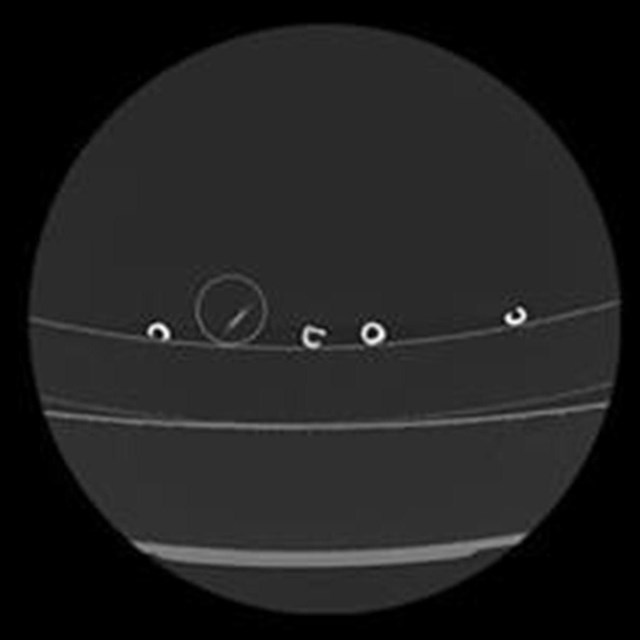 Computed Tomography
Computed TomographyComputed Tomography (CT) scans are used to help archeologists to examine the bone tools.
-
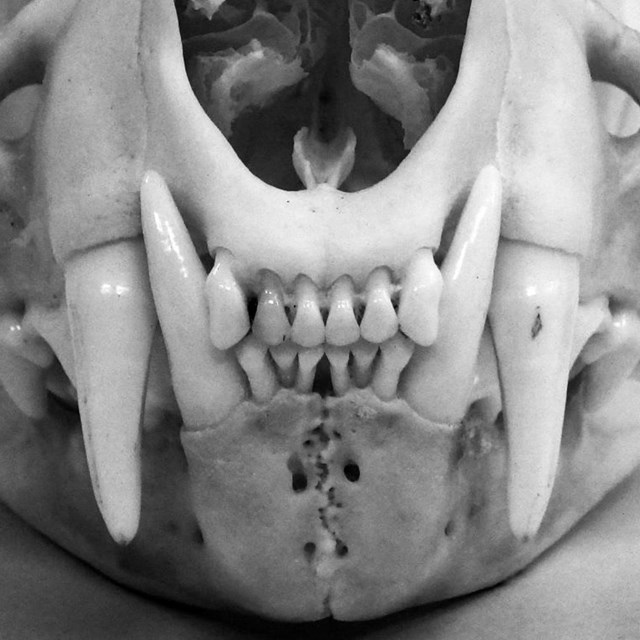 Zooarcheology
ZooarcheologyZooarcheologists study animal bones, teeth, shells, horn, and other animal parts.
-
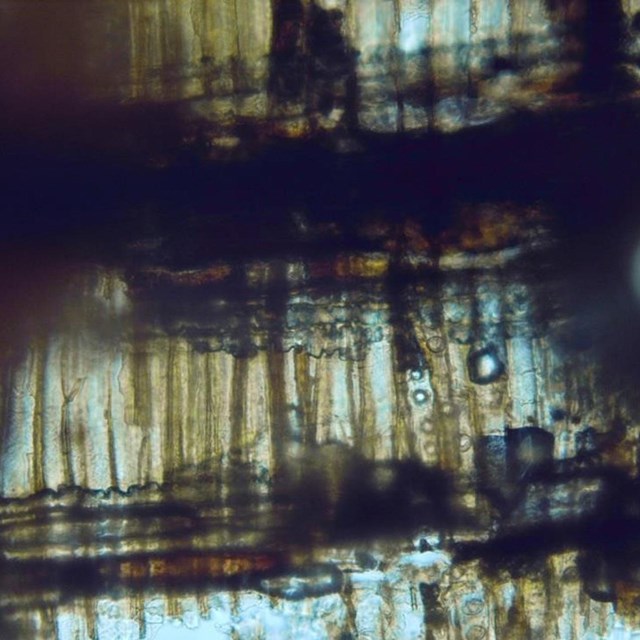 Archaeobotany
ArchaeobotanyArchaeobotany is the study of plant remains from archeological sites.
Last updated: July 16, 2024
